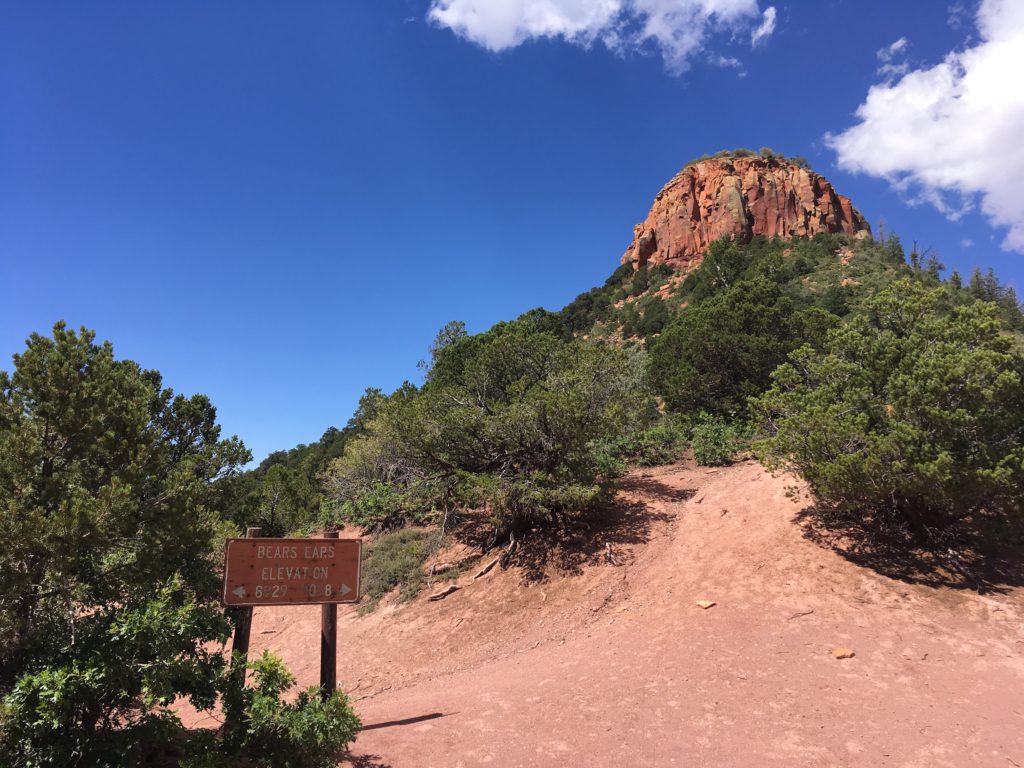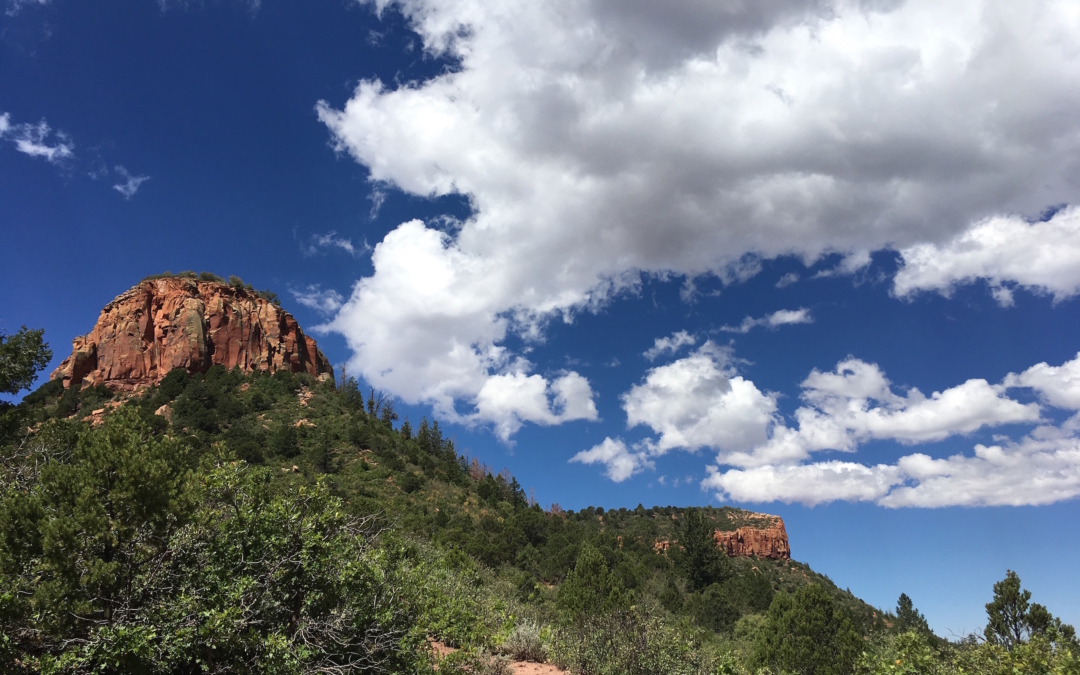Plein Air Public Lands: Day 15
By: Kristina Lyn Heitkamp
Bears Ears
If you haven’t been following the news, recently Interior Secretary Ryan Zinke recommended rescinding Bears Ears National Monument, possibly shrinking the protected lands from 1.35 million acres to 160,000 acres—eight-times smaller than where it currently stands. Like pulling a single chip from a chocolate chip cookie and offering it as dessert.
The area could be reopened for new mining or drilling under Zinke’s recommendation. Zinke also proposed reducing the size of the Grand Staircase-Escalante National Monument in southern Utah.
The Long Fight
Using the Antiquities Act of 1906, President Obama designated Bears Ears National Monument during his last months in office. But the resolve for protection was years old.
The nonprofit organization of Navajos, Utes and other tribes, Utah Diné Bikéyah had spent years collecting and documenting the historical significance of the area. They recorded oral histories, cultural maps, wildlife habitats, mineral deposits, and much more to build a case for protection. But they alone couldn’t carry the weight of the proposal.


The Bears Ear Inter-Tribal Coalition of five tribes with deep historical ties to the area (the Navajo, Hopi, Uinta, and Ouray Ute, Ute Mountain Ute, and Zuni), and with the support of other Southwest tribes, asked Obama to proclaim a national monument on the sacred land to protect it from energy development and other destruction.
Preserve and protect the cultural and natural resources of ancestral Native American lands to benefit and bring healing to people and the Earth. –The Utah Diné Bikéyah Mission
Opponents of the designation argue that it cuts off economic opportunities for mining and drilling, and that public lands should be managed by the state and not the federal government.
As we geared up to spend a few days in the Bears Ears area, I tried to envision energy resource extraction on this beautiful land. And I cringed at the thought. It is a beautiful area, and the inherent value stretches infinitely beyond any barrel of oil or gas pipes.

Visting History
We began our plein air day in Butler Wash Indian Ruins. Bags backed, we hiked the short trail to the cliff dwellings. Along the way, I couldn’t help but think about the native peoples who also traversed these grounds, perhaps on their way home after spending a day out.
The dwellings were last occupied over 700 years ago by the Ancestral Puebloans, also known as Anasazi. The ruins show several structures that were used for habitation, storage, and ceremonial Kivas.
Rex set up to paint the ancient structures while I found shade under a tree to write. The landscape holds a sacred stillness, similar to the feelings evoked when kneeling down into a pew in a catholic cathedral. Your voice becomes a whisper as you listen close, hoping to hear stories of the stone or ancient echoes in the wind. The cave dwellings is a place where history is not only seen, but felt.
Few structures in the United States evoke immediate feelings of wonder. Abandoned and tipping lumber houses, or haunted houses, immediately send chills down your spine. Or structures where horrific or spectacular incidences happened also conjure a sense of wonder.
After the intense morning at the dwellings, we made our way to another spiritual place—Bears Ears. We climbed elevation, finally reaching in between the Bears Ears well above 10,000 feet. The unique landscape is home for a diversity of wildlife, including bobcats, over fifteen different bat species, and elk.






